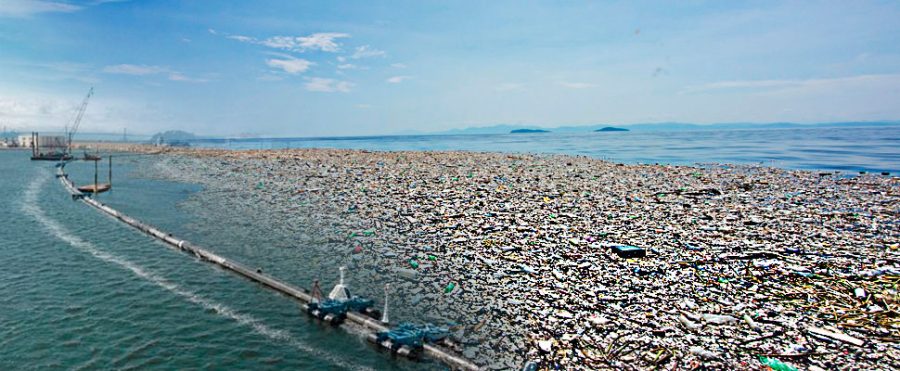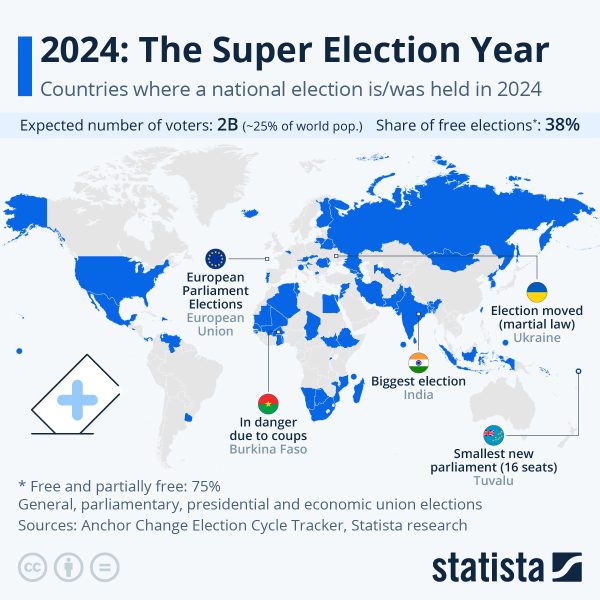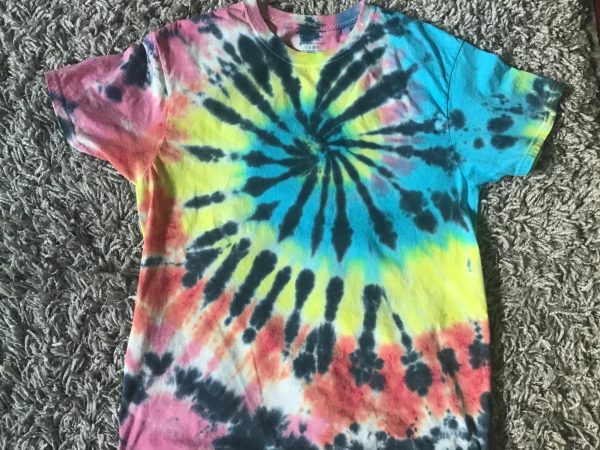What is the Great Pacific Garbage Patch?
October 17, 2022
Water is extremely valuable to Earth’s inhabitants. It’s used for a variety of activities ranging from drinking to washing your hands, and water is vital for the human body to carry out its functions. However, issues such as pollution and unsustainable practices used by humans have caused this resource’s purity to decline. Pollution has affected the seas, lakes, and aquatic bodies on our planet greatly, causing disease and instances of poison among humans and wildlife. One area on the planet has been so affected by pollution through a buildup of garbage that it is now known as the Great Pacific Garbage Patch.
The Great Pacific Garbage Patch is a collection of marine debris in the North Pacific Ocean. The patch spans waters from the West Coast of North America to Japan. It is also referred to as the Pacific trash vortex, and this patch consists of two large garbage collections.
The two garbage collections that make up the Great Pacific Garbage Patch are bounded by the North Pacific Subtropical Gyre. A gyre is a large system of rotating ocean currents, and the swirling of the gyre draws garbage from the sea into its center. This is where the garbage becomes trapped.
The majority of the patch is made up of plastics. Plastics, like much of the debris in the Great Pacific Garbage Patch, are not biodegradable. Because of this issue, the debris accumulates in the patch rather than breaking down. This contributes to the expanse of the garbage patch and the already present issue of pollution.
No one is sure of exactly how much debris makes up the Great Pacific Garbage Patch due to its vast size. Not all of the debris in the sea floats, either- it’s possible that another garbage heap may lie under the surface. Oceanographers and ecologists have recently found that about 70% of marine debris sinks to the ocean floor. There could be yet another garbage pile that we are unaware of.
Unfortunately, no country has taken the responsibility to help remove the trash from the Great Pacific Garbage Patch due to its distance from any coastline. Cleaning the debris would also require a great deal of funding thanks to the massive amount of debris, and countries are wary of spending such an extensive amount of money. However, many organizations and individuals have taken initiative to stop the patch from expanding even further. Actions have been taken to demonstrate the durability of plastics and the numerous ways in which we can reuse plastic. For example, a National Geographic Emerging Explorer named David de Rothschild and his team at Adventure Ecology constructed a boat out of plastic entitled the Plastiki. The Plastiki was able to travel from San Francisco to Sydney in 2010. This demonstrated the difficulties plastic has with breaking down and how creative methods can be used to make new uses for plastic.
Scientists agree that the best we can do to help prevent the Great Pacific Garbage Patch from polluting more of the ocean is to begin purchasing and using products made from biodegradable plastics or reusable materials. With this, we can help reduce the amount of plastic that we toss out and therefore lower the amount of damage we do to our environment with plastic materials. While we may be far from the patch, we are not far from the dangers of pollution. Even the littlest changes can make a great impact!
Image Source: https://integralatampost.s3.amazonaws.com/uploads/article/picture/12947/20181213_
_Cu%C3%A1les-son-los-obst%C3%A1culos-para-limpiar-la-gran-isla-de-basura-del-
pac%C3%ADfico.jpg
Works Cited:
“Great Pacific Garbage Patch.” National Geographic Society,
https://education.nationalgeographic.org/resource/great-pacific-garbage-patch.









